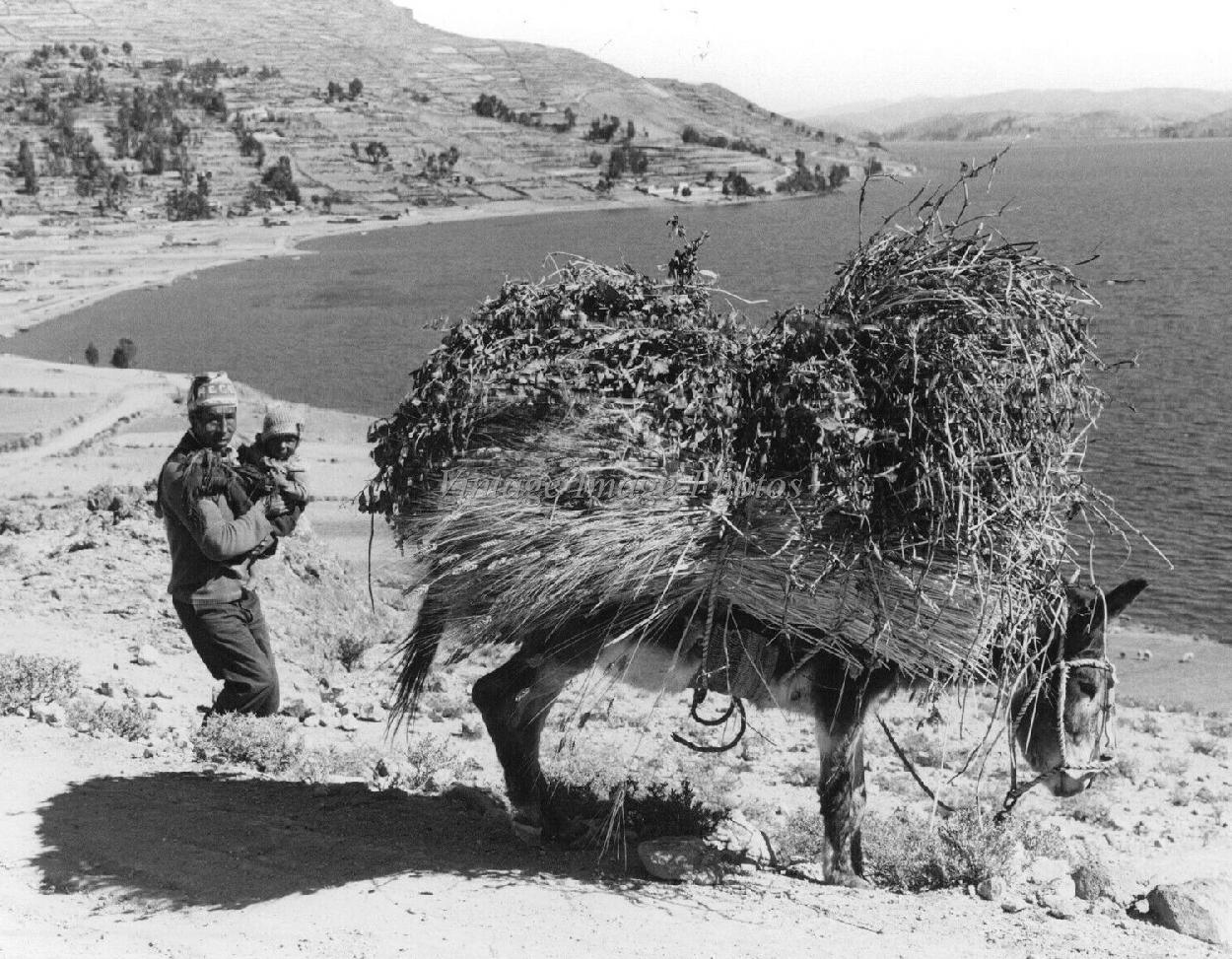
Figure 1.--This photograph was taken in Bolivia during 1976, perhaps long the northern coast of Lake Titicaca. Look at the hevily farmed background. There is a steep invline, few trees, and small plots. |

|
Boliviais today is anomg the poorest of the Larin Americn countries. This has not always been the case. The Pre-Colomnian economy
primarily based on agrculture and animal husbundry. The Altiplano was developed with irrigated agriculture and supported a relatively dense population despite the relatively adverse growing condutions. This was a situation that developed over time by kingdoms of the Aymara-speaking Amer-Indian competing wuth Quechua-speaking tribes aling with a rnge of coastal civilization. At the time of the Spanish conquest, the Quechua-speaking Inca had created the lrgest Amneri-Indian empire, uniring coastal and Andean aeas frim central Chile north to Ecuador. The population of the Empire were the most propsperous peoole of the Americas. The Inca Empire was in many ways, the only successful Communist economy.
As a result of the Spanish conquest and the introduction of European disseses the Amer-Indian pooulatoin collaped. And those that survived were reduced to medieval serfdom under the Encomieda system. Living standards for Amer-Indians fell below that of Inca Empire. For the Spanish there was a huge bonanza. A huge silver desposit was discivered at Potosí -- essentially a silver mountain (16th century). Bolivia at th time was knowen as Upper Peru. The silver mines made the region one of the wealthiest and most heavily populated in the Spanish Empire. Bolivia had the largest population in Latin America, exceeeded by only Brazil (1800). Great fortunes were made, but the Aner-Induan population did not benefit. Spanish mining involved the brutal exploitation of Native American workers. The Amerr-Indians were forced into basically brutal slave labor in the mines. Upper Peru was more important and more heavily populated than the southern come countruies (Argentina, Uruguay and Chile) or the rest of the Andean colonies. The Spanish were after gold, but found silver--huge quantities if it. The American silver from Upper Peru and Mexico had a huge impact on the European economy. The immense amount of silver helped finance the economic expansion of Europe. The silver was transported llama and mule train to the Pacific coast. From there it was shipped north to Panama City, taken by mule train across the isthmus of Panama to Nombre de Dios or Portobelo and then to Spain on the Spanish treasure galleons organized into fleets. The heavily laden Spanish treasure ships were primary targets of the English Sea Dogs. Silver was also shipped West to the Philippines and then on to China--the Manila Galleon trade. otably while the European economy benefitted, neither the Spanish or Bolivian/Mexican economies did not benefit in the long term. While the siover created a mining industry, when the silver ran out, so did the econony of Bolivia and Mexico. Bolivia in particular became a Latin American backwater and the economy nprimarily subsistence agriculture on over worked land. Ohere mining operations develped after indepemdence: antimony, iron, lead, gold, silver, tin, tungsten, and zinc, Other resources include: natural gas, petroleum, and timber. Exploiting these natural resources are the mainstay of the Bolivian economy. The country faces a range of eniromental issues, including clearing of land for agricultural (especially slash-and-burn agriculture) purposes and logging tropical timber, both leading to deforestation and soil erosion. Overgrazing and poor cultivation methods are also factors.
Navigate Children in History Website:
[Return to the Main Bolivian page]
[Return to the Main South American economy page]
[About Us]
[Introduction]
[Biographies]
[Chronology]
[Clothing]
[Disease and Health]
[Economics]
[Environmental issues]
[Geography]
[History]
[Human Nature]
[Law]
[Nationalism]
[Presidents]
[Religion]
[Royalty]
[Science]
[Social Class]
[Bibliographies]
[Contributions]
[FAQs]
[Glossaries]
[Images]
[Index]
[Links]
[Registration]
[Tools]
[Children in History Home]
